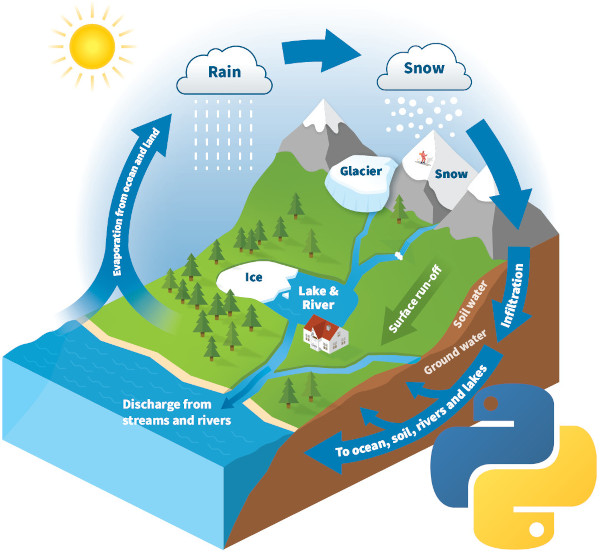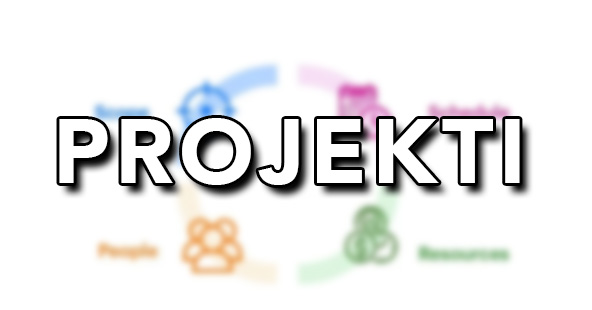Basic of Python programming through Hydrology

Category: Projekti
Through this summer school you will learn the first steps of programming in the Python programming language, through interesting examples from Hydrology.
Teacher: Karlo Leskovar, Ph.D.
Target group: technical college students, high school seniors, anyone who wants to start programming
Short description:
The goal of this summer school is to introduce students to the basics of Python programming and to provide a framework on how to easily replace spreadsheet programs. It will be shown how to load, analyse and print the actual hydrological data in a diagram. In addition, a basic prediction model based on linear regression, polynomial regression, the K-nearest neighbours method, and Decision-Tree methods will be developed. The developed models will be evaluated to determine their accuracy.
Curriculum:
- A brief introduction to Hydrology and the Python programming language
- What is Hydrology?
- What is Python?
- Installing the necessary tools - setting up the Python development environment
- Jupyter Notebook and Anaconda (cell types in the Jupyter Notebook, introduction to the interface)
- Starting the first program (script)
- Basic data types in Python
- Strings (words, letters)
- Numbers (integes, floats, doubles)
- Variables
- Data Structures
- Lists
- Dictionaries
- Tuples
- Control flow and loops
- If-else
- for loop
- while loop
- Functions
- NumPy i Pandas libraries – working with arrays and table data - loading files (.csv, .xlsx)
- Basics of diagram plotting– matplotlib.pyplot
- Line plots
- Scatter plots
- Bar plots
- Combined plots
- Fundamentals of machine learning - regression methods - scikit-learn library
- Linear regression
- Polynomial regression
- K-neighbours
- Decision Tree
- Evaluation methods – MSE, MAE, r2
Linked Documents:








